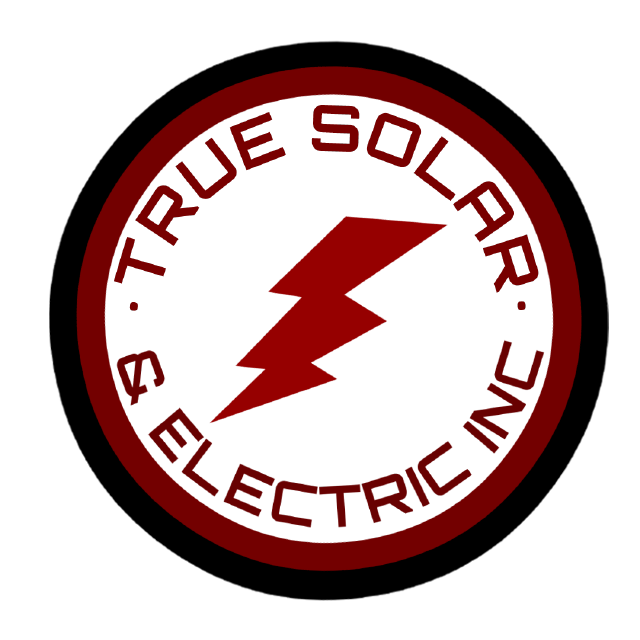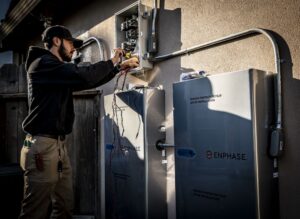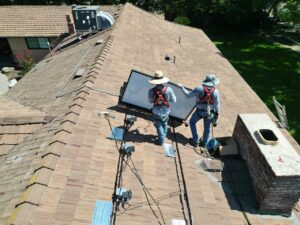Listen to This Article:
Solar energy is a clean, renewable source of power, and if you’re living in Fresno or the Central Valley, you have plenty of it. But with the new Net Energy Metering 3.0 (NEM 3.0) policy, you’ll want to get the most bang for your buck. How? By understanding what NEM 3.0 is and optimizing your energy use and storage.
What’s NEM 3.0?
NEM 3.0 is a new version of California’s Net Energy Metering policy. It’s the billing arrangement that determines how much credit you get for the excess solar power you generate and feed back into the grid. The new policy changes the value of this exported energy, making it crucial to be energy-smart.
The Changes from NEM 2.0
The previous version, NEM 2.0, provided a 1-to-1 retail rate credit for solar energy fed back into the grid. So, if you provided a kilowatt-hour (kWh) to the grid, you got credited for a kWh from the grid. With NEM 3.0, this rate has changed, often lowering the credits you receive.
Why Energy Storage?
Here’s where energy storage comes into play. Since NEM 3.0 changes the value of your solar credits, you’ll want to consume the energy you generate rather than exporting it. Battery storage allows you to keep this power for your own use. By using the energy stored during peak sunlight hours in the late afternoon or evening when grid energy costs are highest, you can significantly reduce your energy costs.
Peak and Off-Peak Hours
In a post-NEM 3.0 world, it’s more crucial than ever to understand your energy use throughout the day. Peak hours—when electricity is most expensive—usually occur in the late afternoon and early evening. Your solar battery will allow you to use your stored, less-expensive solar energy during these times, saving you money in the long run.
The Bottom Line
The bottom line is that while NEM 3.0 does change the solar landscape, it doesn’t make solar any less viable or beneficial. It just means you need to be smarter about how you use your solar energy. And that’s where battery storage options come into play.



